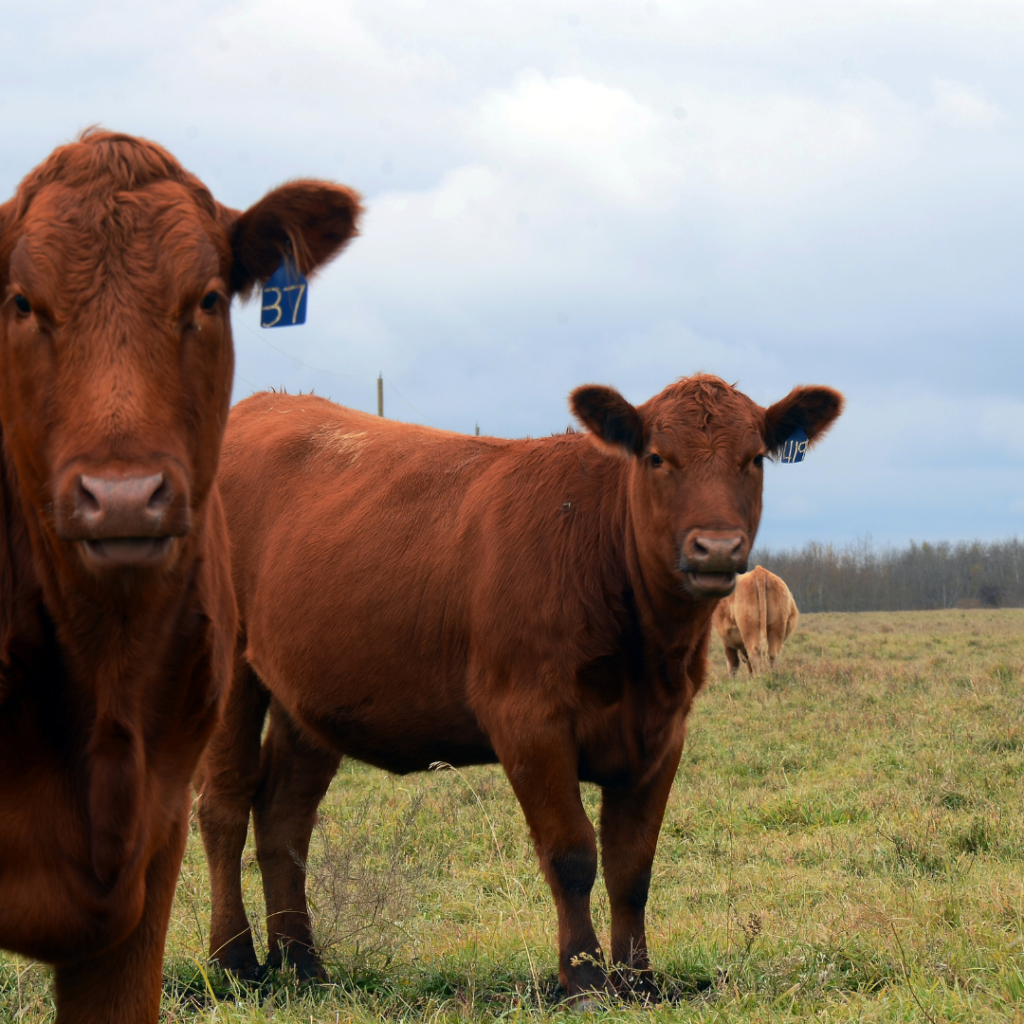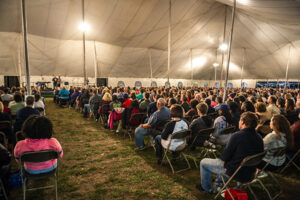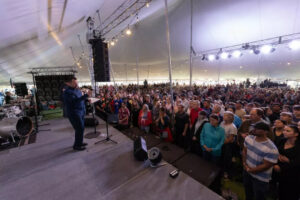Anticipation Grows for Historic 10th Red Heifer Sacrifice in Israel Amidst Constructed Altar and Rising Speculations

Since ancient times, only nine red heifer sacrifices have been documented. Recently, anticipation has grown around the potential for the 10th sacrifice, especially after the construction of a substantial altar in Israel. In September 2022, five red heifers were transported from Texas to Israel; however, one was subsequently disqualified, leaving four viable candidates for the sacrifice.
In 2023, a preliminary purification ceremony was conducted, hinting at the preparation for an official ceremony that must occur before the heifer’s age beyond eligibility for sacrifice. The question now arises: Will a red heifer sacrifice take place in Israel in 2024?
CBS News has reported the construction of a large altar, signifying preparations are underway. The sacrifice, traditionally held on the Mount of Olives, requires a specific location that aligns with historical and religious criteria. Rabbi Yitshak Mamo, the landowner on the Mount of Olives, emphasizes the importance of the location’s direct view towards the ancient Temple site. Mamo is associated with Uvne Yerusalim, an organization committed to preserving Israel’s history and educating future generations.
The timing is critical, as the heifers must be of a specific age to qualify for the sacrifice. Rabbi Mamo, in a recent statement, indicated the urgency, noting the approaching third year of the heifers’ lives, which is significant for the timing of the ceremony.
Speculation about an imminent red heifer sacrifice has been fueled by reports, including one from All Israel News suggesting the Temple Institute aims to conduct the sacrifice sometime soon.
Glenn Beck also discussed the potential near-term occurrence of this event, highlighting its significance for religious purification and its implications for the rebuilding of the Temple. The sacrifice is seen as a ritual cleansing, essential for temple worship and for allowing the Jewish population access to the Temple Mount, even in the absence of a physical temple.
Speculation on social media suggests the sacrifice could happen any day now, but so far it has not taken place.
Despite the growing speculation, concrete confirmation of a sacrifice on the speculated date remains elusive. However, the intent of the Temple Institute to proceed with a sacrifice in 2024 is clear, marking a significant moment that could stir considerable reaction, particularly from Israel’s adversaries. As reported by CBS News, Hamas has expressed concern over the implications of the red heifer sacrifices, highlighting the tension surrounding this deeply symbolic act.
The red heifer (Parah Adumah in Hebrew) holds significant religious importance in Judaism, particularly within the context of ritual purity laws. According to the Hebrew Bible, in the Book of Numbers (Chapter 19), the red heifer is required for the production of waters of purification, which are used in the ritual cleansing of those who have come into contact with a corpse. This process is essential for anyone who wishes to enter the Temple area and participate in the Temple services and sacrifices, as coming into contact with death renders a person ritually impure.
The red heifer itself must be completely red, without more than two non-red hairs, and without any physical defect. It must also never have been yoked or used for labor. The rarity of such an animal, combined with the specific requirements for its sacrifice and the preparation of the purification water, has made the red heifer a subject of intense religious interest and speculation.
In Jewish tradition, the ashes of the red heifer symbolize the ultimate paradox: the ashes purify those who are impure, but they render the pure impure. This dichotomy has been the subject of much theological discussion and is often seen as a divine statute whose reasons are beyond human understanding.
The significance of the red heifer extends into contemporary times, particularly among those who anticipate the rebuilding of the Temple in Jerusalem. Since the Temple’s destruction in 70 CE, there has not been a need for the waters of purification because there is no Temple to enter. However, the preparation for a future red heifer sacrifice is seen by some as a step towards the fulfillment of religious prophecy regarding the rebuilding of the Temple and the coming of the Messiah. This has led to a modern search for a red heifer that meets all biblical requirements, a quest that captures the attention of certain religious groups within Judaism and Christianity alike.






